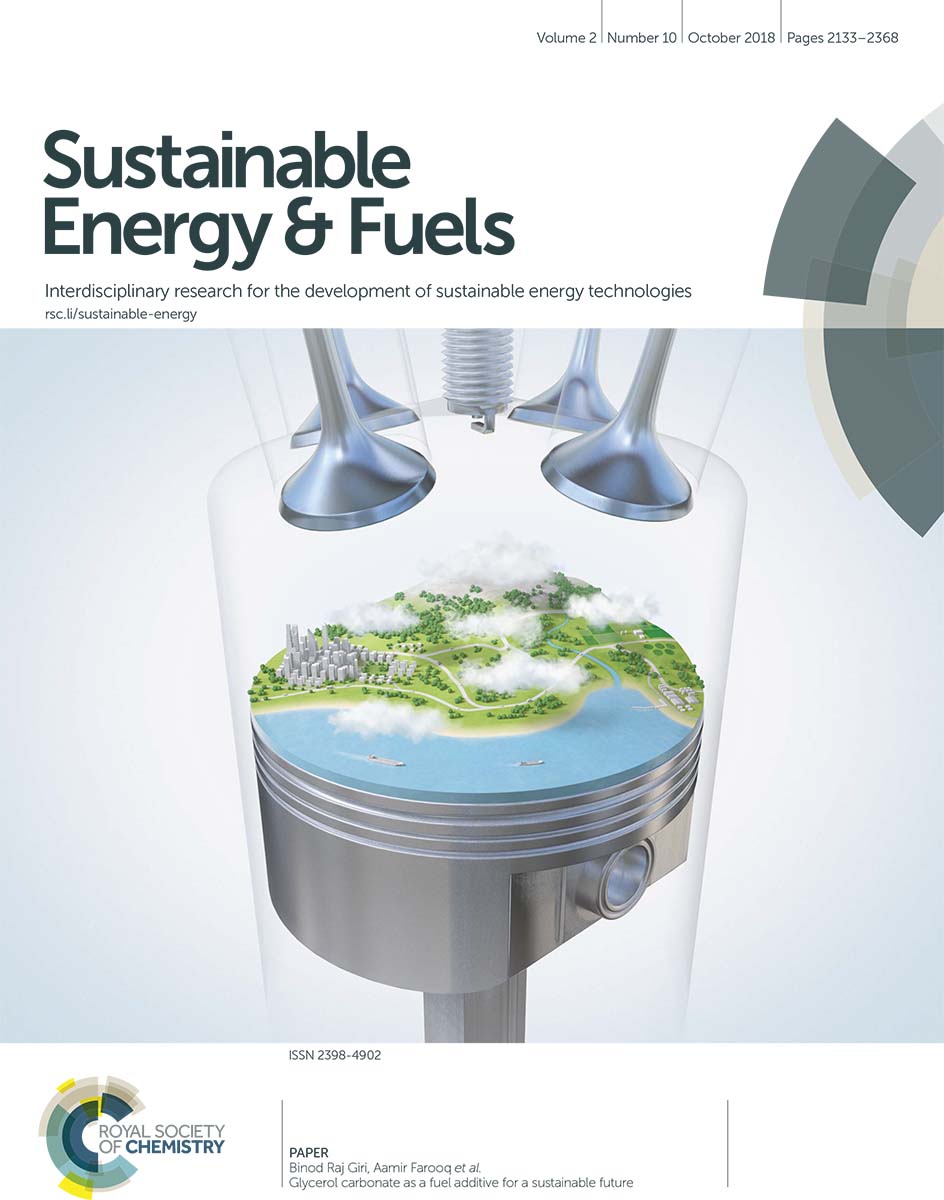

.png?sfvrsn=1b6bae1a_0) (FASTER)
(FASTER).png?sfvrsn=ac211bda_0)

The interpretation of complex combustion systems often requires detailed modeling and state-of-the-art theoretical methods to rigorously characterize important reactions. Detailed modeling employing Chemkin-Pro for sensitivity analysis, reaction path analysis and integrated computational kinetic simulations is used to interpret the experimental data and to develop reaction mechanisms. Experimental techniques are combined with electronic structure methods and statistical rate theories for accurate knowledge of the complex reaction systems. High-level ab initio methods such as CCSD(T)/cc-pV¥Z are employed to generate the energetic pictures of a chemical system of interest. Often, CCSD(T) may not be appropriate due to high degree of the multireference character. In such cases, multireference configuration interaction (MRCI) or multi-reference perturbation theories like complete active space perturbation theory (CASPT2) are employed. Reaction rate coefficients over a wide range of pressures and temperatures are computed by employing appropriate rate theories, e.g., RRKM, VTST, TST, and appropriately treating tunneling and hindered rotors for reliable kinetic data. Similarly, accurate enthalpies of formation, entropy, and heat capacities are also computed. GAUSSIAN 16, MOLPRO and/or ORCA are used for ab initio calculations, whereas RRKM/master equation calculations are performed using freely available software such as CHEMRATE, MSMC, and MULTIWELL to extract pressure and temperature dependent rate coefficients (k(T,p)) over a wide range of conditions. The derived information is incorporated in detailed chemical kinetic model for the understanding of the performance of the targeted fuels in modern engines. Below articles highlight our recent activities on this topic.